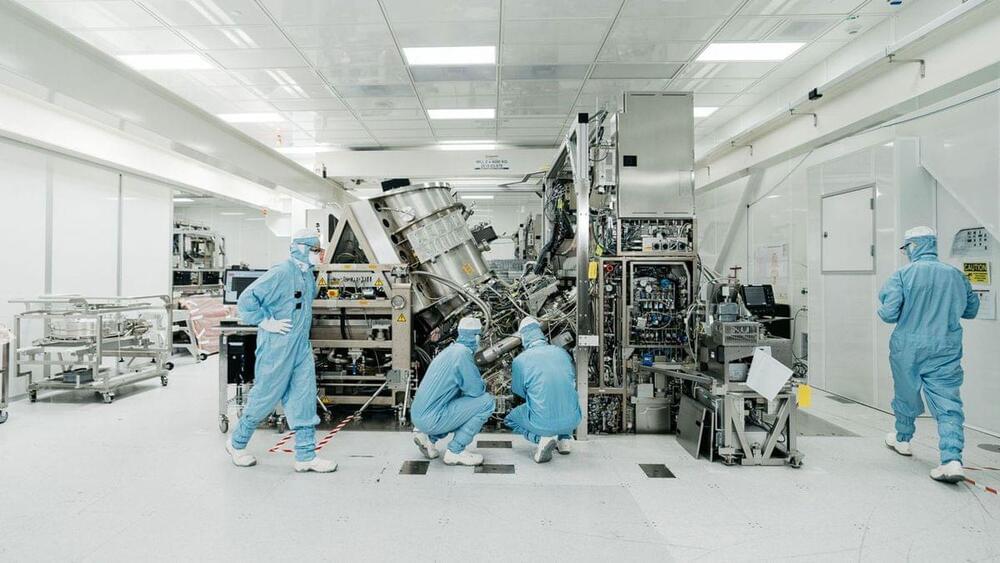Machine learning and laboratory experiments have provided scientists with insights into the different languages bacteria use to communicate. By understanding the ways in which bacteria interact and the circumstances under which their communication is disrupted, researchers can tackle issues related to drug-resistant bacteria and advance the development of biocomputing technologies.
The study builds on an earlier project in which the researchers showed that disrupting bacterial communication is an effective way to fight multidrug-resistant bacteria. Bacteria use small molecules to communicate with each other and coordinate infection, and the team showed that interfering with bacterial communication by blocking these molecules reduced inflammation and made the bacteria more vulnerable to antibiotics.







